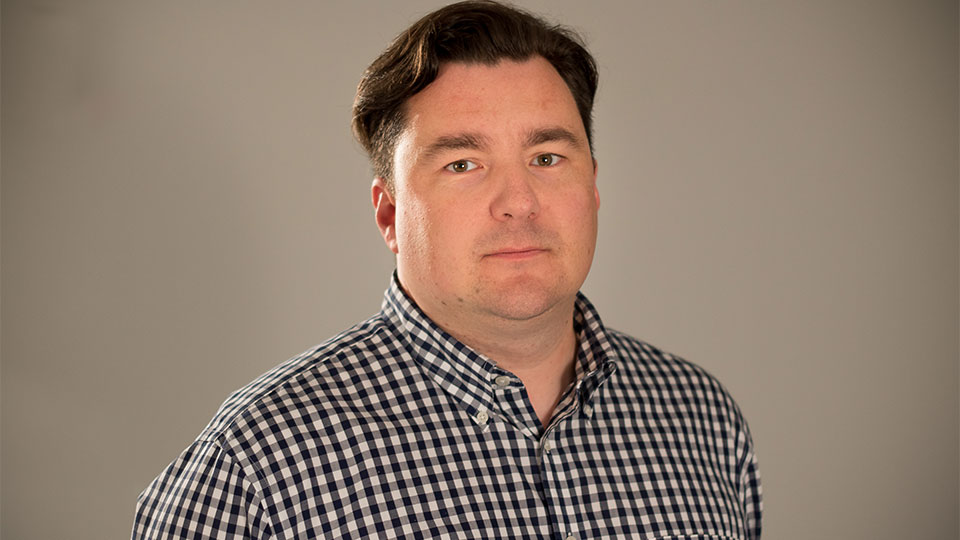- OT
- Professional support
- AOP
- The changes: Scotland GOS
The workshop
The changes: Scotland GOS
OT poses a monthly scenario from a practitioner. This month, we look at the changes to GOS in Scotland, which came into place in October this year

06 January 2019
The scenario
Ivan, AOP member
“I practise in Scotland and would like to better understand the changes that were implemented to the Scottish GOS on 1 October. What are the key changes I should be aware of and what is expected of me?”
The advice
Kevin Wallace, optometrist and AOP clinical adviser
The most significant changes that have occurred to General Ophthalmic Services (GOS) in Scotland in a number of years came into effect on 1 October, 2018. The most prominent change was to the Primary Eye Examination (PEE), with the introduction of a new structure. The list of required procedures has been amended to be much shorter, which leaves the content of an eye examination down to the optometrist’s clinical judgement as to what is appropriate. This change followed one of the recommendations that was made in the Community Eyecare Services Review and will allow practitioners to be more flexible in their examination of patients seen under GOS.
I really believe that getting involved in my LOC has opened up a new chapter in my life and it has been fantastic
SEE changes
The Supplementary Eye Examination (SEE) codes have also seen some revisions, including a whole new set of enhanced SEE codes which may be used when you wish to dilate a patient you are seeing for a SEE. For example, when a patient presents (within the maximum primary frequency) with flashes and floaters.
It also includes cycloplegic refraction on behalf of the hospital eye service (HES) – if you receive a request for a cycloplegic refraction of a child then this can be claimed as an enhanced SEE.
The other significant changes to the SEE codes include the additions of code 2.9 and code 3.0. Code 2.9 allows optometrists to claim for a further appointment in order to discuss cataract surgery with a patient. And Code 3.0 allows optometrists to claim a further appointment for a patient with complex needs. In both of these cases, records should be clear about what has been discussed and why the appointment was necessary respectively.

PEE changes
The significant changes relevant to the PEE are the maximum examination intervals. It is no longer possible to see a patient four weeks early – a PEE can only be claimed at least one or two years following the previous one.
It is important that reception staff are aware of this when booking appointments because seeing a patient even a day earlier than possible under the regulations will result in a claim being rejected as time-barred.
If a patient is appointed in error, it is not possible to claim a SEE as there is no clinical reason for this routine examination. However, if a patient has symptoms, it is important to remember that you can examine them whenever necessary – and claim a SEE if you have seen them before for a PEE within the maximum frequency, or use code 7 if they have not been seen in your practice within the maximum frequency.
Code 9 is a new introduction which allows optometrists to claim a PEE after one year for a patient who is sight impaired or severely sight impaired. Practitioners should note that the patients does not need registered as such, but just meet the criteria.
The maximum PEE interval has changed to two years for patients with glaucoma, a close family history of glaucoma or ocular hypertension. If, in your clinical opinion, a patient in one of these categories should be seen sooner, you should recall them when you feel that it is appropriate and claim a SEE or an enhanced SEE for the appropriate examination.
It is also important to remember that the table of maximum PEE frequency is not a recommended recall and it is not appropriate to use the table to set “blanket reminders.” This is especially true for patients under 16 and over 60 for whom, while it is possible to claim a PEE after one year when necessary, a longer recall may be appropriate.
The regulations now specify that when possible, the external examination should be by slit lamp and the internal examination by binocular indirect ophthalmoscopy using a slit-lamp and condensing lens.
I hope you will agree that the new GOS framework is a significant improvement and demonstrates the Scottish Government’s commitment to primary care optometry.
Image credit: Shutterstock
Advertisement


Comments (0)
You must be logged in to join the discussion. Log in